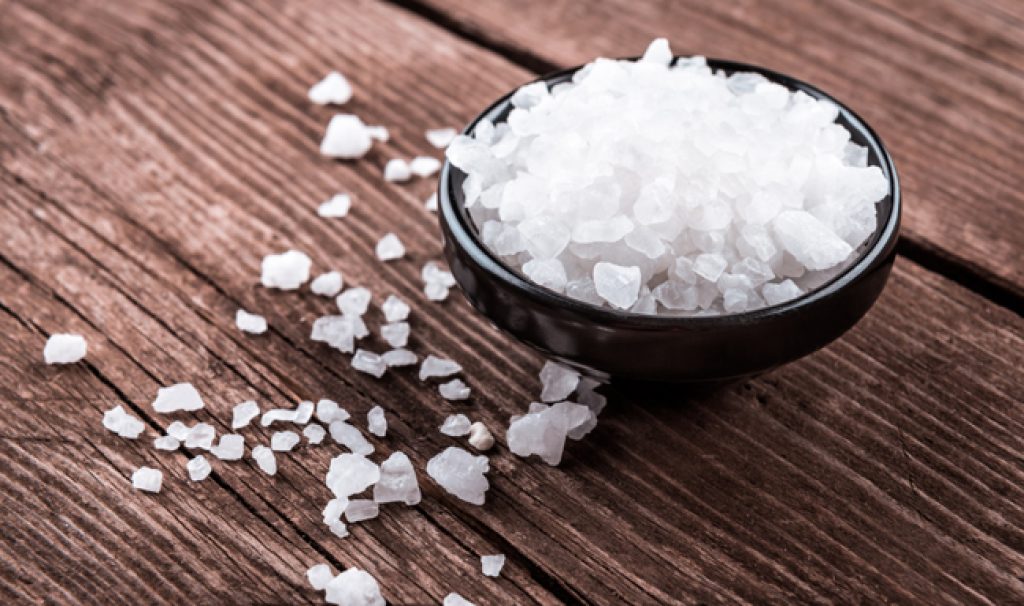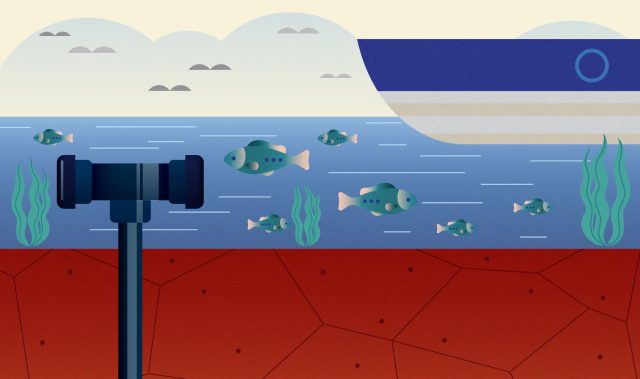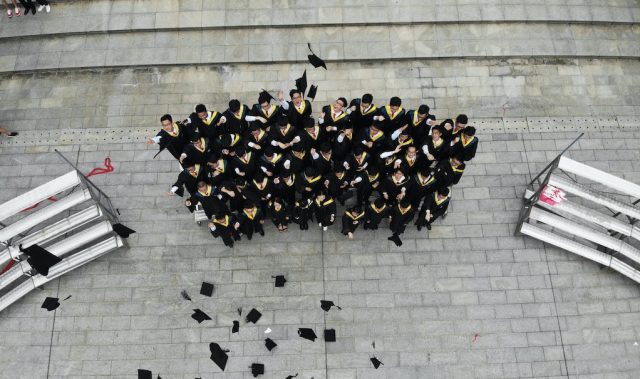
AsianScientist (Apr. 25, 2016) – The secret to making bigger and purer energy storage materials? Just add salt, as an international team of researchers have found.
Their findings, reported in Nature Communications, suggest that this method may help in creating an aluminum-ion battery that could store more charge than the best lithium-ion batteries found in laptops and mobile devices today.
The team of researchers from Drexel University in the US and Huazhong University of Science and Technology (HUST) and Tsinghua University in China has shown that using salt crystals as a template to grow thin sheets of conductive metal oxides make the materials turn out larger and more chemically pure. These qualities make them better suited for gathering ions and storing energy.
In an energy storage device—a battery or a capacitor, for example—energy is contained in the chemical transfer of ions from an electrolyte solution to thin layers of conductive materials. As these devices evolve, they become smaller and more capable of holding an electric charge for longer periods of time without needing a recharge. The reason for their improvement is that researchers are fabricating materials that are better equipped, structurally and chemically, for collecting and releasing ions.
In theory, the best materials for the job should be thin sheets of metal oxides, because their chemical structure and high surface area makes it easy for ions to attach, which is how energy storage occurs. But the metal oxide sheets that have been fabricated in labs thus far have fallen well short of their theoretical capabilities.
According to study co-author Zhou Jun, a professor at HUST’s Wuhan National Laboratory for Optoelectronics, the problem lies in the production process which often leaves trace chemical residue that contaminate the material and prevent ions from bonding to it. In addition, the materials made in this way are often just a few square micrometers in size.
“The challenge of producing a metal oxide that reaches theoretical performance values is that the methods for making it inherently limit its size and often foul its chemical purity, which makes it fall short of predicted energy storage performance,” said Zhou.
“Our research reveals a way to grow stable oxide sheets with less fouling, that are on the order of several hundreds of times larger than the ones that are currently being fabricated.”
Using salt crystals as a substrate for growing the crystals lets them spread out and form a larger sheet of oxide material. Think of it like making a waffle by dripping batter into a pan versus pouring it into a big waffle iron. The key to getting a big, sturdy product is getting the solution—be it batter, or chemical compound—to spread evenly over the template and stabilize in a uniform way.
“This method of synthesis, called ‘templating’—where we use a sacrificial material as a substrate for growing a crystal—is used to create a certain shape or structure,” said co-author Professor Yury Gogotsi, University and Trustee Chair professor in Drexel’s College of Engineering.
“The trick in this work is that the crystal structure of salt must match the crystal structure of the oxide, otherwise it will form an amorphous film of oxide rather than a strong and stable nanocrystal. This is the key finding of our research—it means that different salts must be used to produce different oxides.”
Salt crystals turn out to be the perfect substrate for growing oxide sheets of magnesium, molybdenum and tungsten. The precursor solution coats the sides of the salt crystals as the oxides begin to form. After they’ve solidified, the salt is dissolved in a wash, leaving nanometer-thin two-dimensional sheets that have formed on the sides of the salt crystal—and little trace of any contaminants that might hinder their energy storage performance.
By making oxide nanosheets in this way, the only factors that limit their growth is the size of the salt crystal and the amount of precursor solution used.
As predicted, the larger size of the oxide sheets also resulted in a greater ability to collect and release ions from an electrolyte solution—the ultimate test for its potential to be used in energy storage devices.
“The most significant result of this work thus far is that we’ve demonstrated the ability to generate high-quality 2D oxides with various compositions,” Gogotsi said.
“I can certainly see expanding this approach to other oxides that may offer attractive properties for electrical energy storage, water desalination membranes, photo-catalysis and other applications.”
The article can be found at: Xiao et al. (2016) Scalable Salt-Templated Synthesis of Two-Dimensional Transition Metal Oxides.
———
Source: Drexel University; Photo: Shutterstock.
Disclaimer: This article does not necessarily reflect the views of AsianScientist or its staff.












